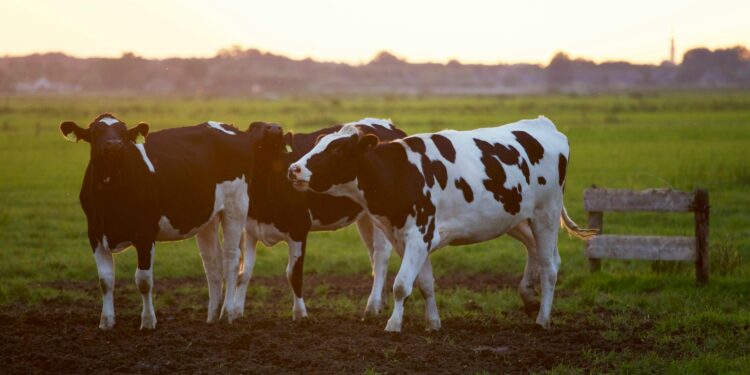On Wednesday, July 3rd, health officials confirmed the fourth human case of bird flu linked to the current dairy cow outbreak in the United States. The infected individual, a dairy worker in Colorado, developed conjunctivitis (pink eye) after direct contact with infected dairy cows. The worker received antiviral treatment and has since recovered.
This case follows previous reports of bird flu infections among dairy workers in Texas and Michigan, where similar symptoms were observed. The Centers for Disease Control and Prevention (CDC) emphasized that the “new infection does not change the agency’s assessment that the risk to the general public remains low.” However, the CDC advises individuals with prolonged exposure to infected birds or livestock to take extra precautions.
The Colorado case was confirmed after the patient, who was already being monitored due to their exposure, reported symptoms. Initial tests at the state level were inconclusive, but further testing at the CDC confirmed the presence of the H5N1 strain of bird flu. The CDC continues to monitor the situation closely.
As of now, over 135 dairy herds across 12 states have reported infections with the H5N1 virus, which initially spread from poultry. Colorado has reported the highest number of cases, with 23 livestock herds affected in the past 30 days. The outbreak has raised concerns about the safety of the commercial milk supply, but federal agencies maintain that pasteurized milk remains safe for consumption.
The U.S. Department of Agriculture (USDA) and other federal agencies are preparing for a potential increase in human health risks from bird flu. This includes filling doses of bird flu vaccine to bolster the national stockpile. The CDC advises the public to avoid close, unprotected exposure to sick or dead animals and materials contaminated by such animals.









